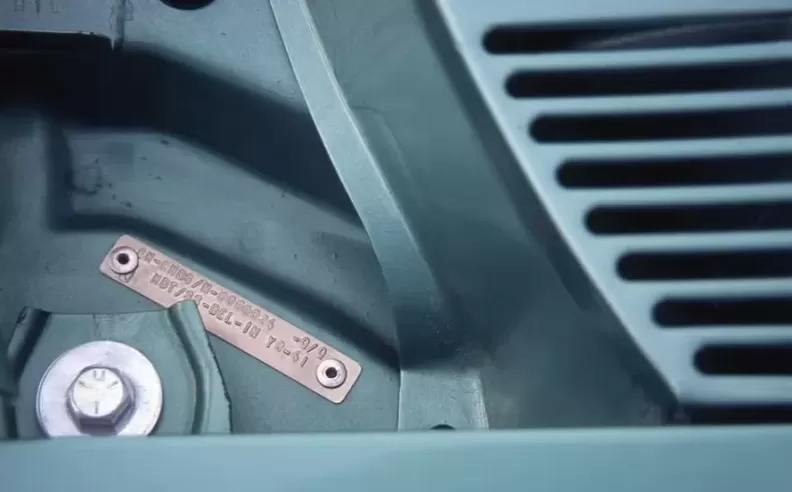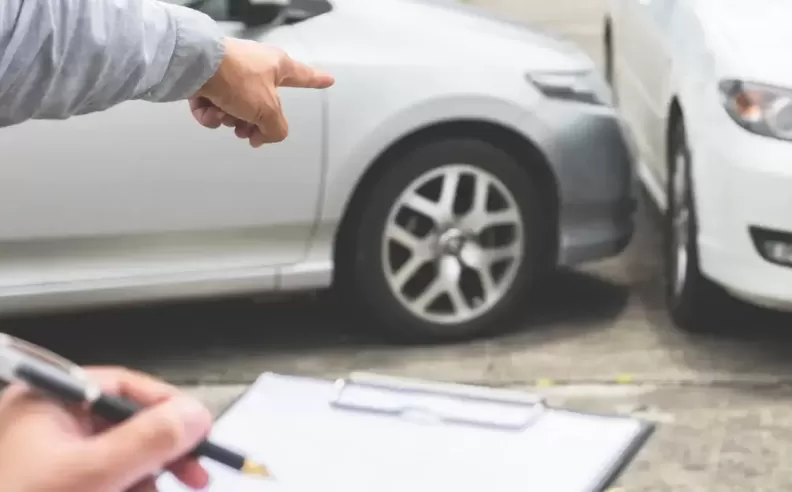
Every car has a unique identity, and at its core lies the Vehicle Identification Number (VIN), a 17-character code that holds a wealth of information. This alphanumeric sequence isn’t just a random mix of letters and numbers; it serves as a fingerprint for a car, revealing details such as its manufacturer, model year, production location, and even its place in the assembly line. For those who know how to read it, a VIN provides an inside look into a vehicle’s origins and specifications.

A VIN is carefully structured so that every character has a purpose. The first three digits identify the country of origin and the manufacturer, making it easy to determine where and by whom the car was built. The following sequence, from the fourth to the eighth digit, describes key aspects like the model name and engine type—though the exact coding varies by manufacturer.
The ninth character is particularly interesting; it acts as a checksum digit, a mathematical safeguard against errors when copying the VIN. The tenth position denotes the model year, where each year is assigned a unique letter or number, like an "S" for a 2025 model. Since these codes are reused over the decades, context is needed to determine whether an "S" refers to a 1985 or a 2025 car.
The eleventh digit pinpoints the specific assembly plant where the vehicle was manufactured. Lastly, the final six characters are sequential numbers that help track production order, sometimes giving insight into how early in the production run a particular car was built.

Locating a car’s VIN is simple, with the most common spot being a small plaque on the driver's side dashboard, visible through the windshield. Additional locations include the driver’s door jamb, under the hood, or even stamped onto parts of the engine block. Some vehicles even hide their VIN under the carpet on the passenger side, serving as a safeguard against tampering.
Beyond its role in identifying a vehicle, a VIN is crucial for checking a car’s history, particularly when purchasing a used vehicle. Many online tools, including those from government agencies like the National Highway Traffic Safety Administration, allow car buyers to decode a VIN for insights into safety features, recalls, and past ownership records. Manufacturers can sometimes even provide the original build sheet, detailing the car’s exact specifications when it left the factory.
For car enthusiasts, collectors, and anyone looking to verify a vehicle’s authenticity, the VIN is more than just a serial number, it’s a key to unlocking the full story behind a car.

Started my career in Automotive Journalism in 2015. Even though I'm a pharmacist, hanging around cars all the time has created a passion for the automotive industry since day 1.

